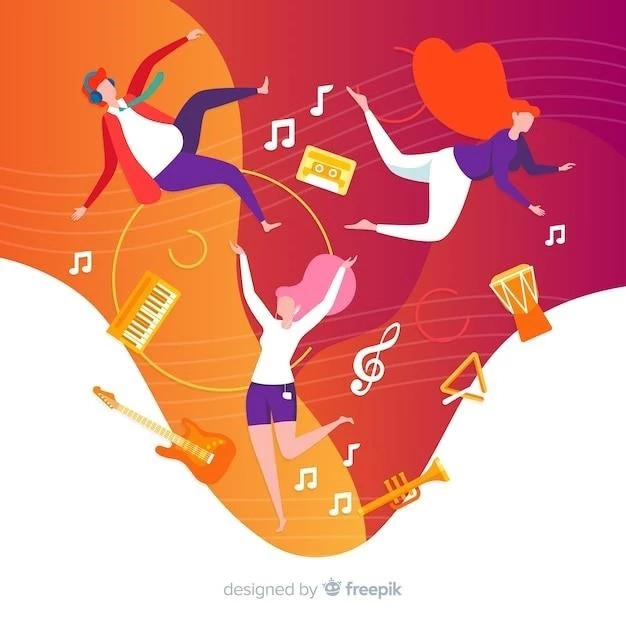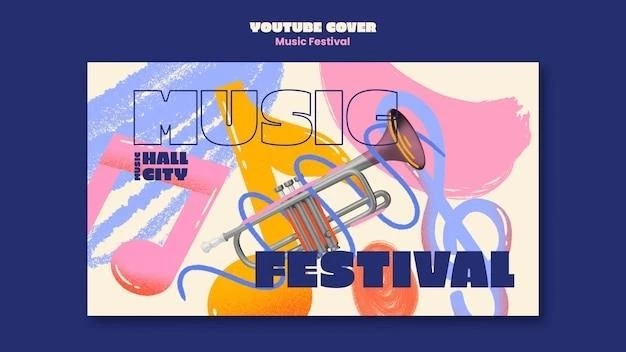Music and Movement
Music and movement are intrinsically linked. From the rhythmic pulse of a drumbeat to the soaring melodies that inspire dance, music has the power to move us physically and emotionally. This inherent connection between music and movement has been recognized and harnessed for therapeutic purposes, leading to the development of music therapy and other movement-based therapies that utilize music. This article delves into the profound relationship between music and movement, exploring the benefits, applications, and scientific basis of these powerful modalities.

The Intertwined Nature of Music and Movement
Music and movement share deep-rooted connections within the human brain. Neuroscientific research has revealed that music engages multiple brain regions, including those responsible for processing auditory information, motor control, emotion, and memory. When we listen to music, our brains naturally respond by activating motor areas, even in the absence of physical movement. This phenomenon highlights the innate link between auditory and motor systems.
Furthermore, music possesses distinct qualities that influence movement patterns. Tempo, rhythm, melody, and harmony all play a role in shaping the way we move to music. For instance, fast tempos tend to evoke quicker, more energetic movements, while slower tempos elicit more fluid and graceful motions. The rhythmic structure of music provides a framework for synchronized movement, enabling us to anticipate and coordinate our actions with the beat.

Benefits of Music and Movement Therapies
The combined power of music and movement offers numerous benefits for physical, cognitive, emotional, and social well-being. Music therapy, a specialized field within healthcare, utilizes music-based interventions to address a wide range of needs. Here are some key benefits:
1. Improved Motor Function:
Music can facilitate improvements in motor skills, coordination, balance, and gait. The rhythmic cues provided by music help regulate movement patterns, while the motivational aspect encourages repetition and practice. Music therapy has proven effective in addressing motor impairments associated with conditions like stroke, Parkinson’s disease, cerebral palsy, and traumatic brain injury.
2. Enhanced Emotional Expression and Regulation:
Music serves as a powerful medium for emotional expression and regulation. It can evoke a wide range of emotions, providing an outlet for processing and coping with difficult feelings. Music therapy techniques like songwriting, improvisation, and listening to evocative music can help individuals explore and express their emotions in a safe and supportive environment.
3. Reduced Stress and Anxiety:
Listening to calming music has long been known to promote relaxation and reduce stress levels. Music therapy utilizes specific musical elements, such as slow tempos, gentle melodies, and consonant harmonies, to induce a state of relaxation and alleviate anxiety. The rhythmic and repetitive nature of music can also have a soothing effect, regulating heart rate and breathing patterns.
4. Improved Communication and Social Skills:
Music-based activities often involve social interaction and collaboration, fostering communication and social skills. Group music therapy sessions provide opportunities for individuals to connect with others, share experiences, and develop a sense of belonging. The shared experience of making music together can strengthen bonds and improve social interactions.
Applications of Music and Movement Therapies
The versatility of music and movement therapies allows for their application across a diverse range of settings and populations. Here are some notable examples:
1. Neurological Rehabilitation:
Music therapy plays a crucial role in neurological rehabilitation, aiding individuals recovering from stroke, traumatic brain injury, and other neurological conditions. Techniques like Rhythmic Auditory Stimulation (RAS) utilize rhythmic music to improve gait, coordination, and motor control.
2. Mental Health:
Music therapy is widely employed in mental health settings to address conditions like depression, anxiety, trauma, and addiction. It provides a non-threatening avenue for emotional expression, self-exploration, and coping skill development.
3. Pediatric Development:
Music therapy can support the developmental needs of children, particularly those with autism spectrum disorder, developmental delays, and communication challenges. Music-based interventions can enhance communication, social interaction, motor skills, and emotional regulation.
4. Geriatric Care:
Music therapy benefits older adults by addressing age-related challenges such as cognitive decline, social isolation, and mood disorders. It can improve memory, stimulate cognitive function, promote social engagement, and enhance overall well-being.
Conclusion
The profound connection between music and movement offers a wealth of therapeutic possibilities. Music has the remarkable ability to influence our movements, emotions, and cognitive processes, making it a valuable tool for promoting health and well-being. Music therapy, along with other movement-based therapies that incorporate music, harnesses this connection to address a wide range of physical, cognitive, emotional, and social needs. From improving motor function to enhancing emotional expression and fostering social connections, music and movement therapies continue to demonstrate their transformative power across various populations and settings.










